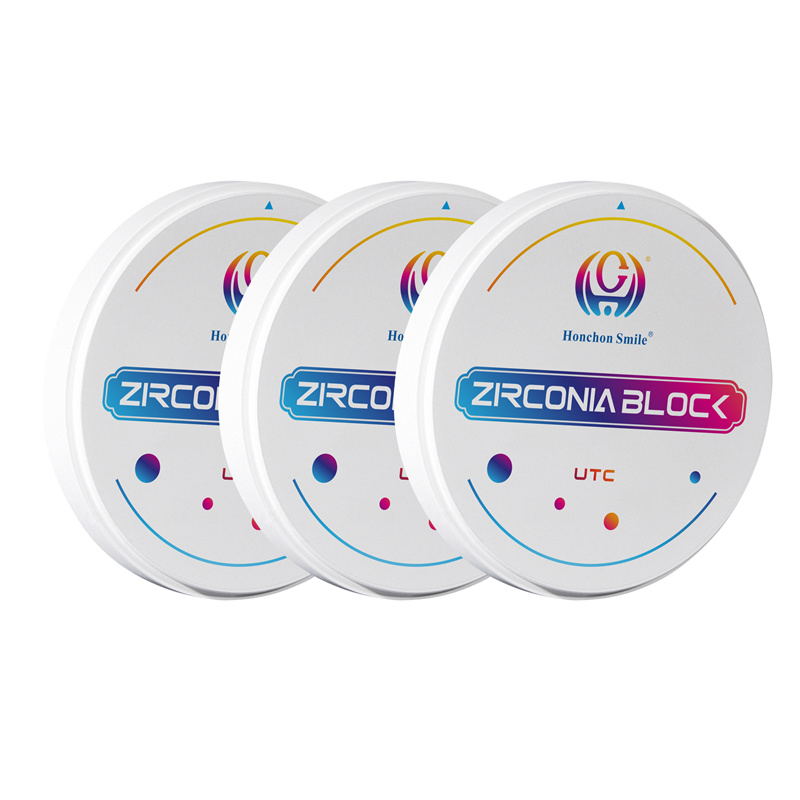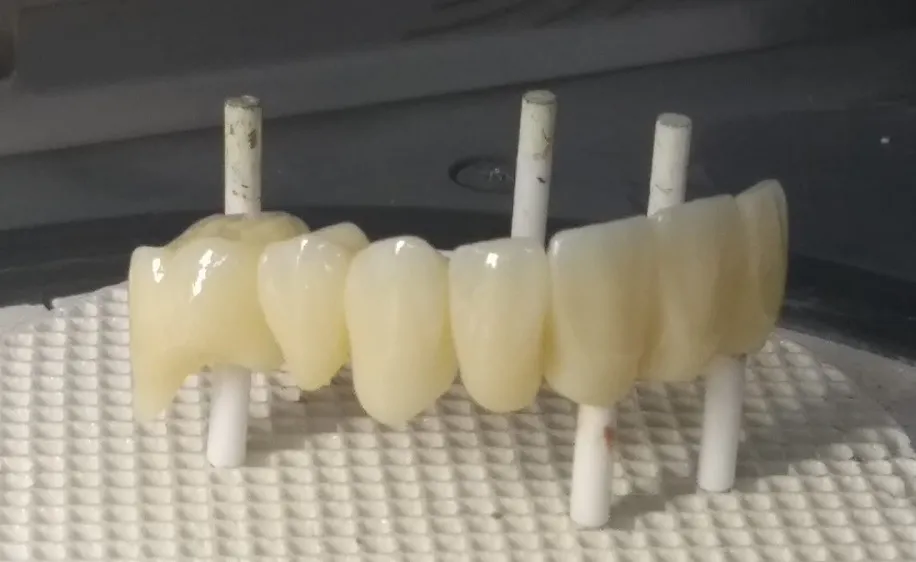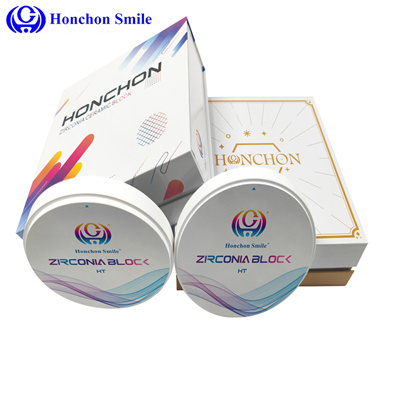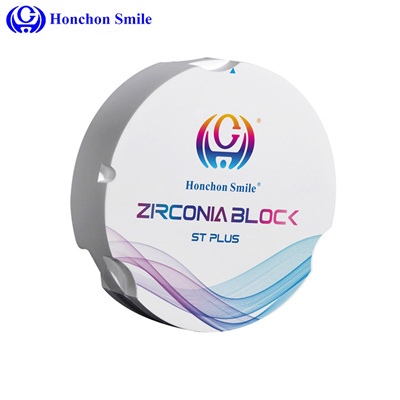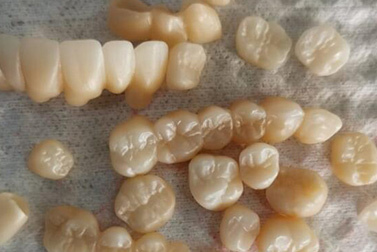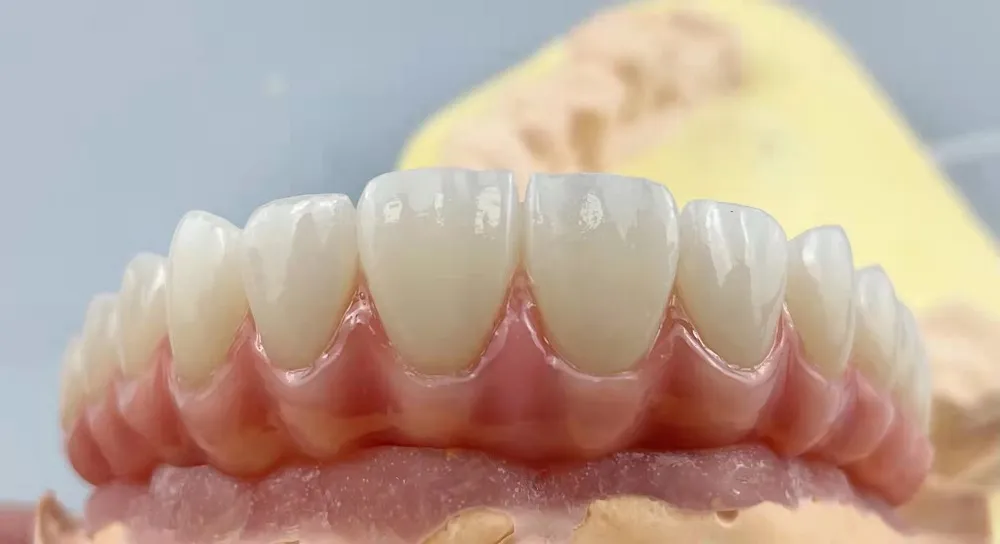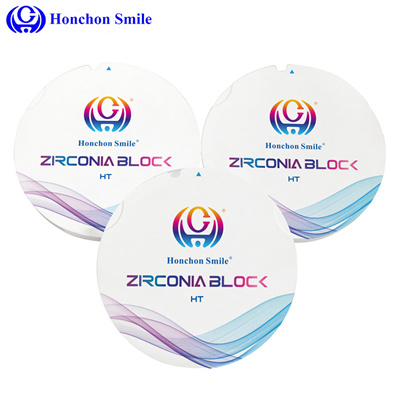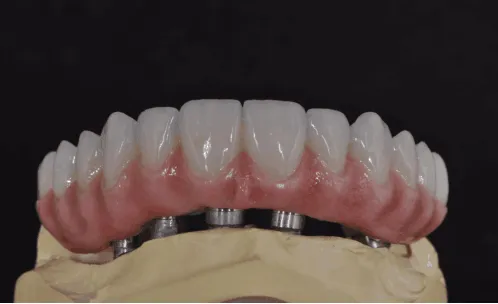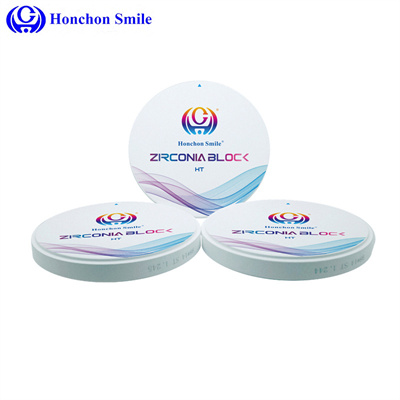Detailed Exploration of the Latest Trends in Dental Material Technology
2025-02-11
Introduction:
The field of dental materials is experiencing significant advancements, driven by technological progress and the increasing demand for better aesthetic and functional outcomes. For dental professionals looking to enhance patient satisfaction and improve operational efficiencies, keeping up with these trends is essential. This article provides a thorough overview of the technologies that are reshaping dental material choices and their implications.
1. Digital Dentistry Technologies: Enhancing Precision and Efficiency
Digital dentistry has significantly changed dental practices. Technologies such as intraoral scanners, CAD (Computer-Aided Design), and CAM (Computer-Aided Manufacturing) have improved the design and fabrication of dental restorations. These tools allow for highly accurate digital impressions that are directly used in manufacturing devices, reducing turnaround times and increasing the precision of dental appliances.
3D Printing: This technology enables the production of complex dental structures with precision. Materials like resins, zirconia, and titanium, which can be 3D printed, offer new possibilities in terms of structural integrity and cost-efficiency.
AI Integration: Artificial intelligence is beginning to assist in diagnosing and treatment planning. AI algorithms can analyze patient data to predict the longevity of materials, helping dentists select the most suitable materials for each case.
2. Innovations in Biocompatible Materials: Promoting Patient Health and Comfort
The emphasis on patient health has guided the development of biocompatible materials. These materials are designed to interact positively with the body's biological tissues and avoid adverse reactions.
Ceramics and Composite Resins: These materials are preferred for their excellent aesthetic qualities and compatibility with body tissues. Recent improvements have increased their strength and longevity, making them viable for restorations in both front and back teeth.
Bioactive Materials: These materials not only restore but also support tissue regeneration and healing. They release substances that promote the natural process of remineralization in teeth, enhancing dental health.
3. Balancing Durability and Aesthetics:
Finding the right balance between durability and aesthetics is a key challenge in dental material technology. Materials must withstand the forces of biting and chewing while closely matching the natural appearance of teeth.
Advanced Composites: Recent developments in composite materials include the integration of nanoparticle technology, which enhances their strength and resistance to wear while providing a natural appearance.
Hybrid Materials: Combining the properties of ceramics and composites, these materials offer both resilience and aesthetic appeal. They are particularly useful where traditional materials may fall short.
4. Sustainability and Eco-friendly Materials:
Environmental considerations are becoming important in the development of dental materials. The industry is exploring ways to reduce waste and decrease the carbon footprint of dental restoration processes.
Recyclable Materials: There are initiatives to develop fully recyclable dental materials that can be reprocessed without degrading their functional properties.
Green Manufacturing Processes: Efforts are underway to use less energy-intensive production methods and reduce the use of harmful chemicals in the manufacturing of dental products.
Conclusion:
The field of dental material technology is rapidly advancing, with new technologies enhancing the way dental professionals provide care. By adopting these innovations, dental professionals can offer more effective, efficient, and tailored care. Continued research and development in this field are expected to bring forth further improvements, enhancing dental care practices globally.
honchon smile is a professional dental zirconia block manufacturer and supplier. We provide high-quality dental zirconia blocks, multilayer zirconia blocks, pre-colored dental zirconia blocks. Welcome to discuss cooperation with us!


